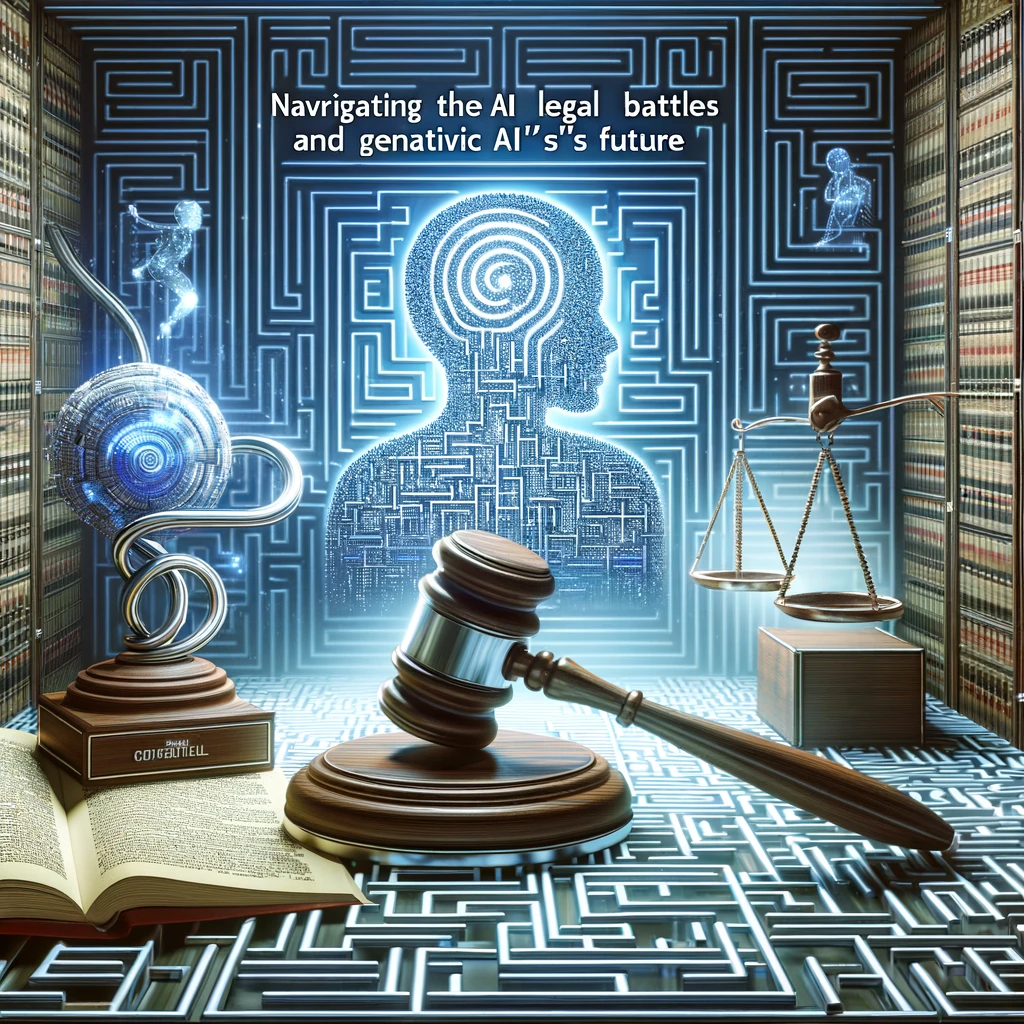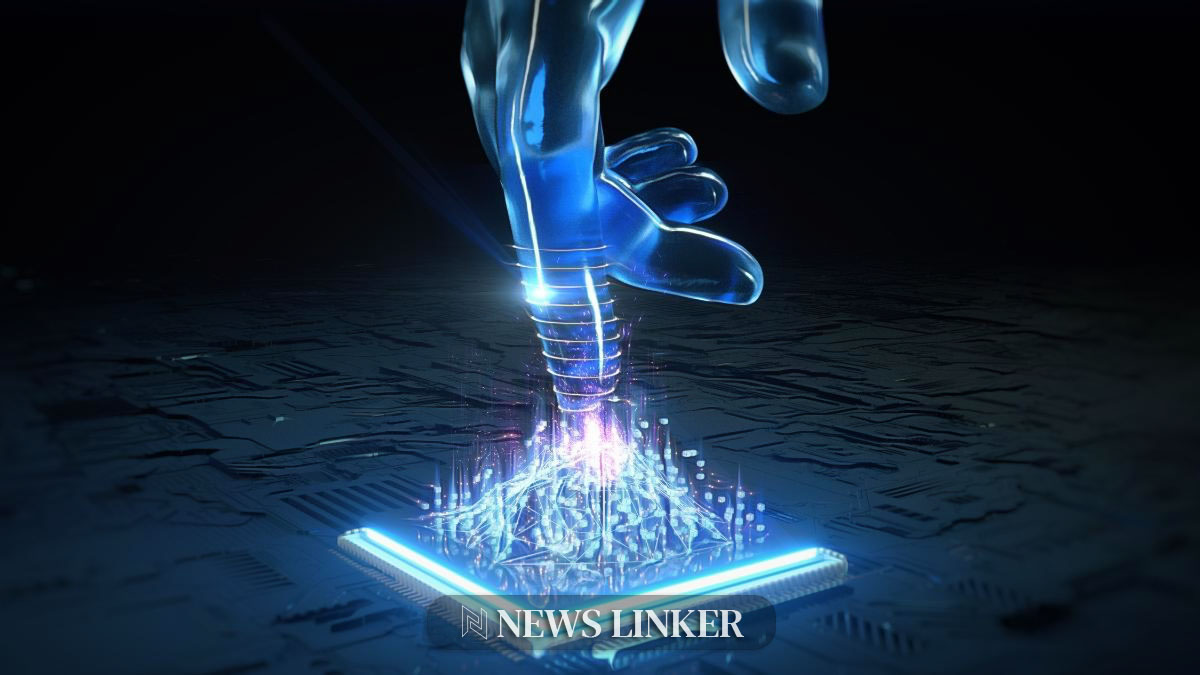In an era where Artificial Intelligence (AI) redefines the boundaries of technology and creativity, pivotal developments have emerged, spotlighting legal and ethical conundrums. The New York Times’ lawsuit against OpenAI and Microsoft for copyright infringement intertwines with the broader discourse on the future of generative AI, encompassing both its immense potential and inherent risks.
The Copyright Conundrum
The legal landscape of AI took a dramatic turn as The New York Times filed a lawsuit against OpenAI and Microsoft. The case, stemming from the use of copyrighted articles to train AI models, pinpoints a critical challenge in the AI sector: balancing innovation with intellectual property rights. This lawsuit could potentially pave the way for other publishers to follow suit, reshaping how AI models are trained and commercialized.

Generative AI: Promise and Peril
Generative AI, exemplified by models like ChatGPT, stands at a crossroads of incredible potential and considerable pitfalls. While it heralds a new era of enhanced creativity and productivity, concerns about bias, privacy invasion, and the disruption of traditional job markets loom large. This dichotomy illustrates the need for a nuanced understanding of AI’s impact on society.
Ethical Leadership and Community Involvement
The controversy surrounding Sam Altman’s leadership at OpenAI underscores the importance of ethical leadership in AI. It emphasizes the necessity for transparency, accountability, and community involvement in AI development. This incident serves as a catalyst for a broader conversation on the ethical deployment of AI technologies.
Looking ahead, generative AI promises to revolutionize industries like healthcare and entertainment. However, it also necessitates a concerted effort to address ethical dilemmas, such as the authorship of AI-generated content and the protection of individual privacy. The integration of AI in various sectors must be guided by robust ethical frameworks to ensure beneficial outcomes for society.
As we delve deeper into the realm of AI, the intersection of legal, ethical, and societal considerations becomes increasingly complex. The New York Times’ lawsuit and the discussions around generative AI’s capabilities highlight the urgent need for a harmonious approach to AI development. By fostering ethical practices, transparency, and interdisciplinary collaboration, we can navigate this labyrinth, harnessing AI’s potential while safeguarding our collective values and rights.










